Internet of Things, open source, and operating systems are hot words in the IT industry. It is these three words that make up the Internet of Things open source operating system. So, how much do you know about the Internet of Things open source operating system? Today we bring everyone to the IoT operating system and introduce 10 classic IoT operating systems.
Speaking from the Internet of Things
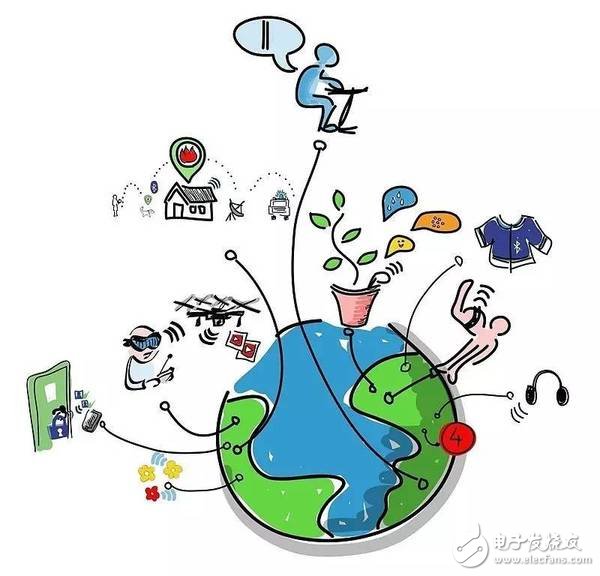
Internet of Things, English name: Internet of Things, referred to as: IoT, is an extension of the Internet concept, broadly refers to the networking between various physical objects, in short, is the "interconnection of objects." In the Internet of Things, “objects†can be a variety of devices, such as implants that monitor heart function, biochips that monitor farm animals, cars with built-in sensors, DNA analysis devices that monitor the food environment, for firefighting and Search and rescue field operations equipment and so on.
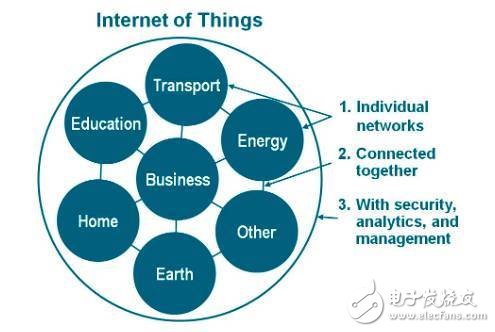
IoT technology includes the concepts of smart grid, smart home, intelligent transportation and smart city. It is a broader network, and the ultimate goal is to achieve interconnection between networks in the grid, home, transportation, etc., while providing security, Data analysis and management.
What is the operating system?
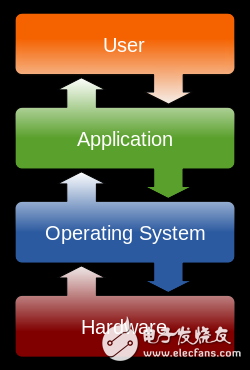
Operating system, English name operaTIng system, referred to as OS, is a kind of system software, located in the middle of computer hardware and application, manages hardware and software resources, and provides related services for computer programs. All computer programs, including applications or firmware, require operating system support.
In general, operating systems typically have the following functions: process management, interrupts, memory management, file systems, device drivers, networking, security, input and output systems.
Typical operating systems are Windows operating system (Microsoft), Unix and Unix-like operating systems (Linux, Google), and Mac operating system (Apple).
Windows operating system based on MS-DOS designed graphics operating system, is a closed source system, that is, the source code is not open.
Unix and Unix-like operating systems, such as FreeBSD, OpenBSD, Solaris, Minix, Linux, QNX, Google's Android operating system (based on Linux), ubuntu, these are basically open source systems, open source code.
The other is Apple's Mac OS X and iOS mobile device operating system, developed on the basis of Darwin, Darwin is a Unix-like operating system, Apple's operating system (Mac OS X and iOS) is closed source, but Apple Darwin was open sourced in 2000.
What is an open source operating system?
Open source operaTIng system refers to the operating system software exposed by the source code, which is used, compiled and re-released according to the open source protocol. Under the premise of complying with the relevant open source agreement, anyone can use it free of charge and control the way the software works. The biggest feature of the open source operating system is open source and free customization. Here are some of the advantages of the open source operating system:
Easy to understand: Open source operating system source code is open, developers can more easily understand the code and get relevant knowledge.
Open and transparent: Operating system vulnerabilities and defects are easier to expose, and code development and maintenance are also public.
Customizable: Users can customize according to different hardware platforms and application scenarios according to their needs.
Low cost: no commercial copyright fees, saving related development management and manpower input costs.
Sustainability: Even if the previously developed company cannot support it for various reasons, relying on the participation of the vast number of developers in the open source community, the system can continue to be maintained.
Brainstorming: Because the open source operating system is open, more developers can participate in the development and concentrate more wisdom and ideas.
Why does the Internet of Things require an open source operating system?
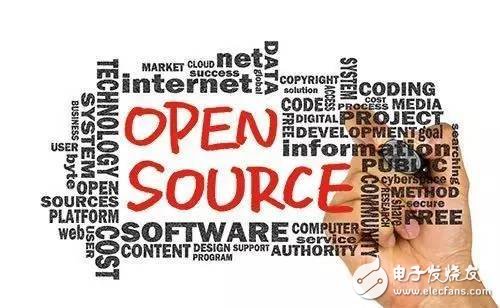
For the development of the Internet of Things, "fragmentation" is the main problem, in which chips, sensors, communication protocols, and application scenarios vary widely, and "the mountains are everywhere." For example, wireless communication standards include Bluetooth, Wi-Fi, ZigBee, PLC, Z-Wave, RF, Thread, Z-Wave, NFC, UWB, LiFi, NB-IoT, LoRa, and so on. Obviously, the technical solutions are not uniform and the system structure is inconsistent, which hinders the development of the Internet of Things and limits the scope of interconnection.
However, various operating systems can support different hardware, communication standards, and application scenarios. Open source helps break down technical barriers and barriers, improve interoperability and portability, reduce development costs, and is also suitable for developers in the open source community.
The operating system is a very important part of the Internet of Things, and open source better promotes the opening and development of the Internet of Things. At present, the application of open source operating systems in the Internet of Things has been very extensive, and will play an increasingly important role in the Internet of Things in the future.
Ten Internet of Things open source operating system
The mobile phone market presents two unique situations of Android and iOS. In the Internet of Things system, the operating system also presents a variety of features. Not one or two operating systems can support all IoT devices.
Therefore, what we want to focus on today is the top ten IoT open source operating systems. (Microsoft's Windows 10 for IoT and Apple's iOS, although very powerful, but because of closed source, are not covered in this article.)
1. Andorid Things
Andorid Things, the Internet of Things operating system that Google just launched last week, is an updated version of the "Brillo" operating system launched last year, as a branch of the Andorid system, similar to Andorid Wear for wearables and smart watches (actually it It is also an Internet of Things operating system).
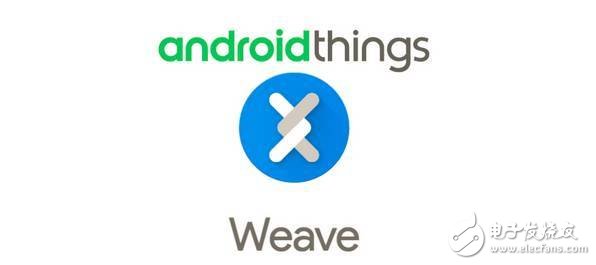
It uses a communication protocol called Weave to connect devices to the cloud and interact with services such as Google Assistant. Android Things is open to all Java developers, regardless of whether the developer has mobile development experience. The operating system will be able to support a range of computing platforms for IoT devices, including the Intel Edison platform, NXP's Pico platform, and "Blackberry 3".
2, ConTIki
ConTIki, an open source, easy-to-port multitasking operating system for memory-constrained network tasks. The author of the Contiki project is Dr. Adam Dunkels of the Network Embedded Systems Group at the Swedish Institute of Computer Science.

The system requires only a few kilobytes or hundreds of bytes of memory to provide a multitasking operating system environment and TCP/IP support. It has been ported and successfully run on embedded microcontroller platforms (TI MSP430, Atmel AVR) as well as platforms such as computers and game consoles. It supports protocols such as full-standard IPv6 and IPv4, as well as low-power networking standards: 6lowpan, RPL, and CoAP.
3, eLinux
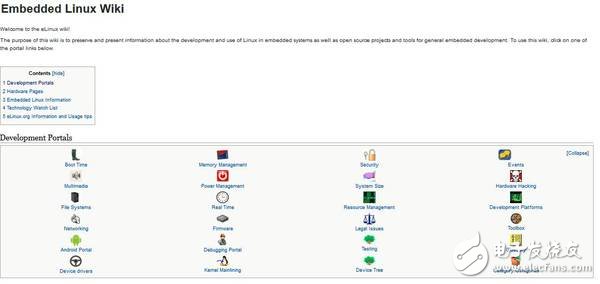
eLinux, also known as Embedded Linux, is an embedded Linux operating system based on the Linux kernel. It is a tailored version of Linux for embedded systems. The manufacturers, chips and products that support the operating system are widely used. The operating system's wiki home page provides a range of relevant information on development, hardware, products, vendors, and communities.
4, FreeRTOS
FreeRTOS is a mini real-time operating system kernel that includes: task management, time management, semaphores, message queues, memory management, logging functions, software timers, coroutines, etc., to meet the needs of smaller systems.
The FreeRTOS operating system is completely open source to your operating system, with open source, portable, scalable, and flexible scheduling strategies. Currently, the operating system has been deployed on millions of devices, and it claims to be "the market's leading embedded real-time operating system", providing a good solution for microcontrollers and microprocessors.
5, mbed OS
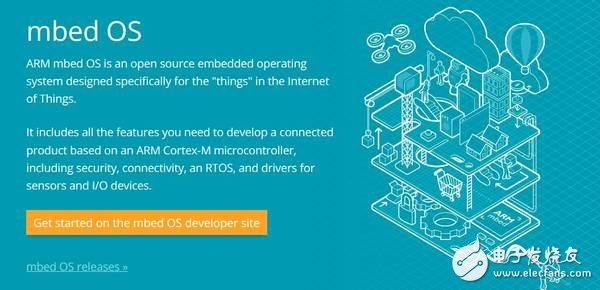
Developed by ARM, this operating system is designed for IoT devices running ARM processors. It includes a C++ application network, and the company also provides other development tools and related device servers.
By default, the mbed operating system is an event-driven, single-threaded architecture rather than a multi-threaded (real-time operating system) environment. This ensures that it can scale to the smallest, lowest cost, and lowest power IoT devices.
ARM has a strong market share on the mobile device side, so the strength and prospects of this operating system can not be underestimated.
6, Raspbian
Raspbian is an operating system based on Debian for Raspberry Pi hardware. This operating system includes a number of basic programs and tools to ensure the operation of the Raspberry Pi hardware.

7, RIOT
RIOT, which calls itself a "friendly IoT operating system", is developer-friendly, resource-friendly, and friendly to the Internet of Things. Key features include C/C++ support, multi-threading, energy efficiency, partial compliance with POSIX, and more. The RIOT open source community has been in place since 2008. RIOT can run on a variety of platforms including embedded devices, PCs, sensors and more.

8, Ubuntu Core
Ubuntu is currently the most popular version of Linux, and Ubuntu Core is designed to bring Ubuntu to the IoT world. It can run, for example, Microsoft Azure, Google Compute Engine, Amazon Elastic Cloud Computing, or it can run on hardware such as BeagleBone Black and Raspberry Pi.

9, Huawei LiteOS
Huawei LiteOS is Huawei's "Unified IoT Operating System and Middleware Software Platform" for IoT. It has the key capabilities of lightweight (core less than 10k), low power consumption, interconnection and security. Currently, Huawei LiteOS is mainly used in intelligent hardware such as smart home, wearable, car networking, smart meter reading, industrial Internet, etc., and can also interconnect with hardware in the LiteOS ecosystem to improve user experience.
Liteos operating system has the characteristics of lowest energy consumption, small size, fast response, etc. It also establishes an open source community, which can support chips such as HiSili PLC chip HCT3911, media chip 3798M/C, IPCamera chip Hi3516A, and LTE-M chip. .
10, Tizen
Tizen, the Linux Foundation and the LiMo Foundation, in conjunction with Intel and Samsung Electronics, jointly develop an open source operating system that can satisfy the IoT device ecosystem (including device manufacturers, mobile operators, application developers, independent software service providers). The demand is applied to many products such as mobile phones, televisions, and wearers.

Tizen's underlying platform-related APIs are exposed in the form of HTML5, which will cover communications, multimedia, cameras, networks, community media, and more. Samsung has sold several products with the operating system and is its biggest supporter.
Rain Test Chamber,Tightness Testing Test Box,Waterproof Rating Test Chamber,Environmental Test Chamber
Wuxi Juxingyao Trading Co., Ltd , https://www.juxingyao.com